Ultimate Guide Bhutan. I have traveled to Bhutan three times, approximately spending a month in the country. I have also worked with a local travel operator as a consultant for three years. If you need advice or help, planning a trip to Bhutan, please email me at Ric @ GlobalGaz.com.
“Koo zoo zong po la,” I stuttered and muttered a word from my Dzongkha vocabulary. In fact, saying hello represented 25% of my lexicon. The Bhutanese immigration official shared a slight smile and welcomed me to her country. She flicked through my thick passport with its two additional packets. “You like to travel,” she smiled again. “Do you mind if I stamp your passport in this corner?’ I smiled and nodded yes; surprised at the warm courtesy. The stereotype of a grump immigration official is often justly deserved and this woman was a pleasant outlier. She added the stamp to my passport and welcomed me to her country with a final smile.
I had officially entered the Kingdom of Bhutan.
History
Bhutan is scrunched between China and India in the Eastern Himalayas. This Lilliputian nation is only 700,000 strong. This Buddhist nation is unique and has a sense of timelessness that is not often witnessed while traveling. The narrow roads of this nation hug the sides of mountains. These drives are not for the faint hearted, since death defying drops beckon careless drivers. Distance has a different meaning in this mountainous country. As an example, to drive less than 300 miles will take you over 15 hours. There is a sense of peaceful isolation in Bhutan.
Advice: So be aware that drives will take longer than back home. If you have a weak stomach, you might get carsick. Make sure you have a professional driver. Wear your seatbelt.
Bhutan has been independent for centuries and was never colonized in its history. But it was not until the 1907 that Bhutan was unified in its present form under the House of Wangchuck after a civil war. The House of Wangchuck still reigns today as King Jigme Khesar Namgyel Wangchuck assumed the throne after his father abdicated the throne in 2006. The People’s King as he is known as, is held in great respect by his subjects. Photos of him are ubiquitous and pins adorn many lapels. I was fortunate to spy the King as he greeted his subjects at the Great Buddha Dordenma, a 169 foot likeness of Buddha. Sadly, only my memory serves me since no one is not allowed to capture the king with a camera.
Advice: Be respectful of the royal family since they are held in very high regard by the Bhutanese.
India and Bhutan maintain a special relationship similar to big and little brother. Bhutan was the first nation to recognize Indian independence in 1949. A new treaty was signed at that time, which allowed India to be responsible for Bhutan’s foreign policy yet allow for Bhutan’s sovereignty. Bhutan does not have official diplomatic relationships with its colossal neighbor in the north, China. And most likely due to its treaties with India, it avoided the same fate as Tibet. In Paro (the town with the international airport), I drove through a military encampment. Except the soldiers were not Bhutanese, they were Indian soldiers, serving as a tripwire for any potential Chinese encroachment. If you like to wow friends and strangers at cocktails parties, you might want to include a Bhutanese trivia question. Bhutan is one of three countries that has no diplomatic relations with the US. The other two are North Korea and Iran.
Religion
The state religion in Bhutan is Vajrayana Buddhism which originated in neighboring Tibet, yet differs in many ways. Buddhism plays a central role in Bhutan, where monks in deep maroon robes seem to be ubiquitous. Monasteries and other religious structures seem to dot the country liberally.
Advice: Be aware, shoes and hats are not allowed in temples. (Your feet will get cold in the winter, wool socks are great!) Remember to walk clockwise around any Stupa or when spinning prayer wheels. Also, and very frustrating, no pictures are allowed within temples. Tiger’s Nest is quite strict. Bags/cameras/walking stick need to be left outside and you may be frisked when entering the temple. Lockers are available and sometimes locks as well. On my most recent visit, someone stole my walking stick that I had rented.
 Tourism
Tourism
Official tourism did not exist in Bhutan prior to 1974. But in 1974, the government officially opened its doors and welcomed 287 to the kingdom. The number has increased substantially to 200,000 a year (with the majority visiting from nearby India). To put that in perspective, Iceland which is also prized for its natural beauty has two million visitors a year.
Bhutan is committed to high-quality tourism. That means you will not see scruffy backpackers jammed into hostels drinking beer on a patio. Bhutan realizes they offers a unique and unspoiled experience nestled in the Himalayans and they are focused on preserving this status. What that means is Bhutan does not allow independent visitors to Bhutan. Anyone visiting the country must contract with a local tour provider who will provide all services for your trip – hotel, guide, driver and car, food, and activities. While you are accompanied by a guide during your trip it is nothing like North Korea, another country that requires a guide during your visit. In North Korea, your actions are dictated and monitored by your guide. In Bhutan, you have complete discretion with your agenda and the ability to go explore independently.
Cost
With Bhutan’s focus to maintain high quality tourism, they have instituted daily minimum spends for tourists. The daily fee for a tourist is $250 (and during off-season, the fee is $200). If you are traveling solo there is a $40 surcharge and if you are a couple, the surcharge is $30 a person. While this fee might seem daunting, all of these funds are applied to your trip (minus a $65 tax which is sent to the government). When visiting the east of Bhutan, the $65 is waived to encourage tourism to this remote area of Bhutan. These monies are directed to pay for your hotel, guide, driver, car, food, and activities. Of course, staying in 5 star hotels or taking multiple flights will result in additional costs. This daily fee does not include your flights to Bhutan or your visa. Expect to send a bank wire. Most Bhutan based tour operators do not accept credit cards.
Besides gratuities to my guide and driver, I struggled to spend money. Over an eight day period I spent less than $50 on sundries like extra drinks, snacks, small donations at monasteries, and a souvenir or two.
Advice: Three (3 people) is the magic number to avoid the surcharges. But is pretty awesome to travel solo and have your own private guide and driver.
STOP! The fees have completely changed since September of 2022 after the country opened up after Covid.
The daily tariff fee has now increased from $65 a day to $200 a day! And this includes NOTHING. Visitors are responsible for all costs out of pocket such as guide, driver, car, hotel, food, entry fees, flights, and visa fees.
But, starting in June of 2023, the government is temporarily lowering the daily tariff fees with a minimum of 50% savings.
- If you stay 4 nights, you receive 4 nights without daily tariff
- If you stay 7 nights, you receive 7 nights without daily tariff
- If you stay 12 nights, you receive 18 nights without daily tariff
These fees are much more reasonable and inline with 2019 prices.
STOP EVEN MORE!!! The fees have changed again as of September 1, 2023 and will remain in effect until August 31, 2027. The government fee has now been reduced to $100 a night. This does not include anything but the taxes for the government.
When To Go
The high-season is March, April, May, September, October, November.
The low-season is January, February, June, July, August, December.
The low-season is broken into rainy-monsoon season from June through August. And of course, it gets quite cold in their winter. Remember, Bhutan is in the mountains, meaning you will be spending time in 2,000-4,000 meters if not more if you are trekking. Meaning very chilly.
During high-season whether is much more agreeable with also many must-cultural festivals.
Advice: Pay up and visit during the high-season. This is a once in a lifetime trip and you will enjoy your time more during the better weather.
Flights
Paro Airport (PBH) is the only international airport in Bhutan and the second highest airport in the world (after La Paz, Bolivia). It is arguably the most picturesque descent of all airports as the plane weaves between mountains in a valley. Mt Everest is part of the sightseeing tour as well. Unfortunately, these flights are quite expensive. For example, a roundtrip airfare from Bangkok to Paro will set you back approximately $800. Two airlines serve Bhutan, Druk Air and Bhutan Airlines. Well known gateways include Bangkok, Delhi, Dhaka, Kathmandu, Kolkata, and Singapore. There are some seasonal destinations as well as some lesser known Indian gateways. Bhutan also has three other domestic airports. which can be used strategically to cut down on some of the longer drives.
Visa
A visa is required (India. Bangladesh, and Maldives being the exceptions) to visit Bhutan. Since all visitors are required to work with a local provider, this process is perfunctory. So, send them a scan of your passport and they will do the work for you. The price for visa is $40 and typically process the visas in 72 hours.
STOP! You can now apply for a visa directly after September of 2022 at this website here.
Internet/Sim Cards
I did not stream a lot of movies on Netflix. While wifi was available it was not strong, and sometimes did not work at some of the hotels. So enjoy the nature and peacefulness of the country. I was able to get a local SIM card with my guide in Thimpu. Again, don’t expect to have a signal everywhere and the speeds were not great. Bring you passport to get the SIM card to the store. There are two mobile phone companies: Tashi Cell and B-Mobile. The SIM card was 300 NU. You can buy scratch cards virtually everywhere to top off. 800 MB of data was 100 NU.
Dress
You will note immediately that the Bhutanese maintain their unique culture with their traditional dress. The men wear a Gho, somewhat similar to a robe. And the women don a Kira, an ankle length skirt. This traditional dress is a requirement for government offices, schools, and many other places. You might also notice that long scarves are adorned when Bhutanese enter Dzongs (monasteries). The color of the scarf will denote their station in life. As a visitor, you should dress modestly, especially in a Dzong. In the Dzong or monastery, wear long pants and not hats.
Food
I am not much of a foodie, so take any of my comments under advisement. The Bhutanese love spicy food, so chili is an important part of the diet. You will note chilies covering many roofs throughout the country, drying under the sun. The Bhutanese also love potatoes and cheese. The dishes are influenced by the neighbor to the south, India. In addition, it is quite easy to find Indian restaurants in the major towns. There are several breweries in Bhutan, so try them all and determine your favorite brew. Also, the Bhutanese have a national rice liquor, Ara, somewhat similar to sake. In general, your daily fee includes all meals that you eat during your trip.
For a standard trip, virtually every meal will be Bhutanese. If you are on an extended trip, this will get a bit tedious. When in Thimpu or Paro, there is a bit more variety. Most likely, if you dine at one of these western restaurants, you will get a much better selection, but you might have to pay for this meal.
Economy and Stamps
Sixty percent of the population is involved in subsistence farming and animal husbandry. And the exportation of hydro power to India and tourism are important drivers of the Bhutanese economy. Yet, just two generations ago the biggest earner of foreign currency was stamps. Yes, postage stamps. Bhutan launched its postal system in 1962, the same year Bhutan paved its first road. After some experimentation, Bhutan had its first postal success with the launch of three dimensional stamps of astronauts in 1967. Bhutan has continually innovated and marketed its stamps to collectors worldwide. It wasn’t until the mid-1970s that tourism overtook the stamp industry in Bhutan. It is a tradition to visit the main post office in Thimpu, send a postcard, and buy a couple of stamps to show off back home. You can actually get a personalized stamp created with your own picture. That’s pretty cool.
Money
The Bhutanese currency is named the Ngultrum, but is interchangeably called Rupee. The exchange rate is approximately $1 for 73 Ngultrum.
Only one bank works with foreign ATM cards. Look for BoB. Bank of Bhutan. There are limited ATMs, and more than once, the ATM was not working.
I exchanged US dollars off hours with some local merchants. It was a simple process but the rates were quite bad, with the merchant taking a fee of 15%.
Credit cards are accepted in some places, but not overly common.
Advice: Bring in some US Dollars as back up. New and recent bills preferred. Notify your bank that you will be taking ATM withdrawals in Bhutan.
Phallus Symbols
First time visitors to Bhutan might be a bit surprised by a common symbol found throughout the country. The symbol is an erect penis. The phallus can be found painted on houses, on signs, hanging from the corner of roofs, and souvenirs being sold in gift shops. The symbol historically was intended to drive away the evil eye and hurtful gossip.
Advice: When in Rome …
Bhutan is a unique travel experience. It should be on the top of your bucket list of travels.
Ultimate Guide Bhutan
If you would like to read more about Bhutan, check out these other posts.
Visiting The Remote, Eastern Part Of Bhutan
Faces Of Bhutan, and Part II
Trongsa Dzong, My Favorite Dzong in Bhutan
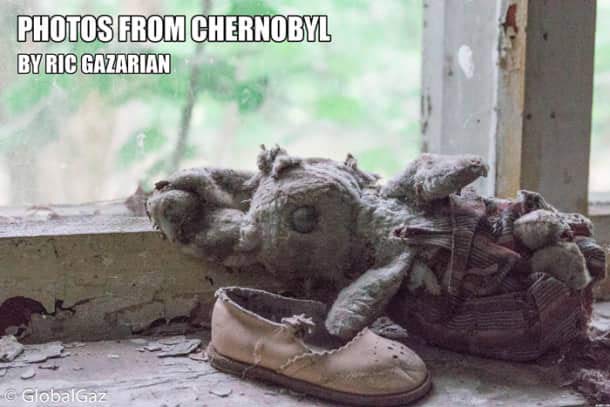
Photos From Chernobyl
Sign up to receive your free copy of Photos From Chernobyl. Over 100 photos from the Chernobyl Exclusion Zone.

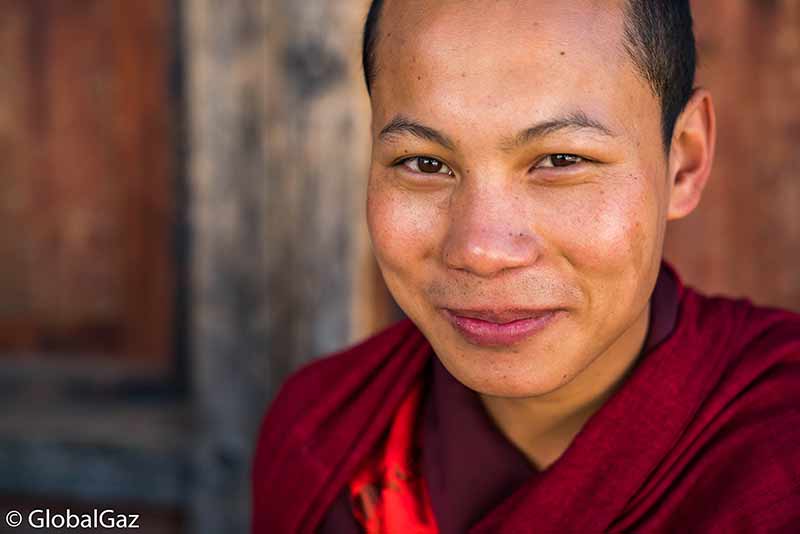
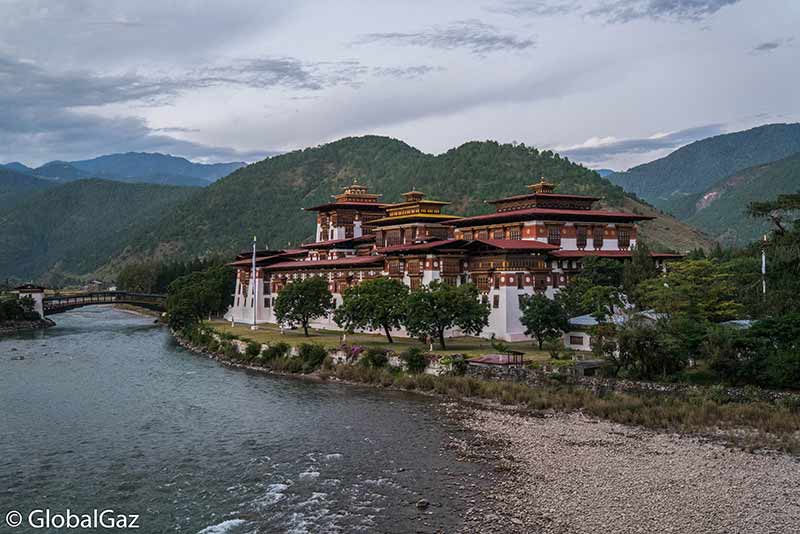
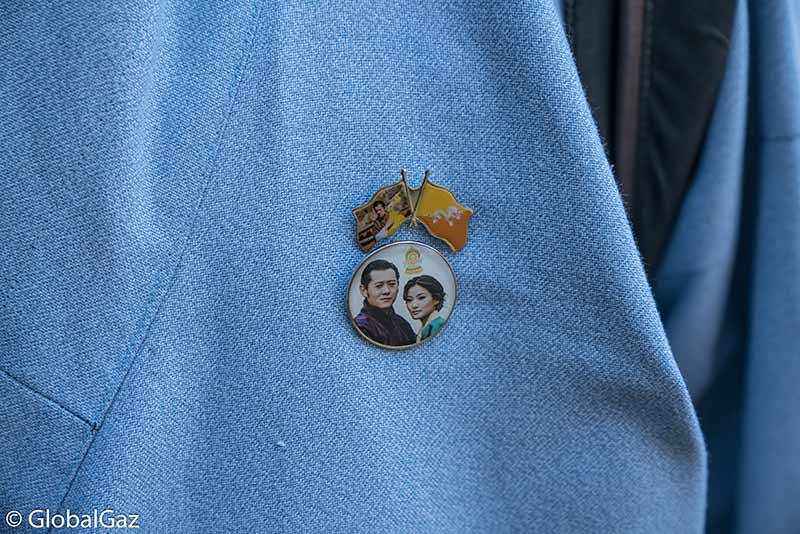
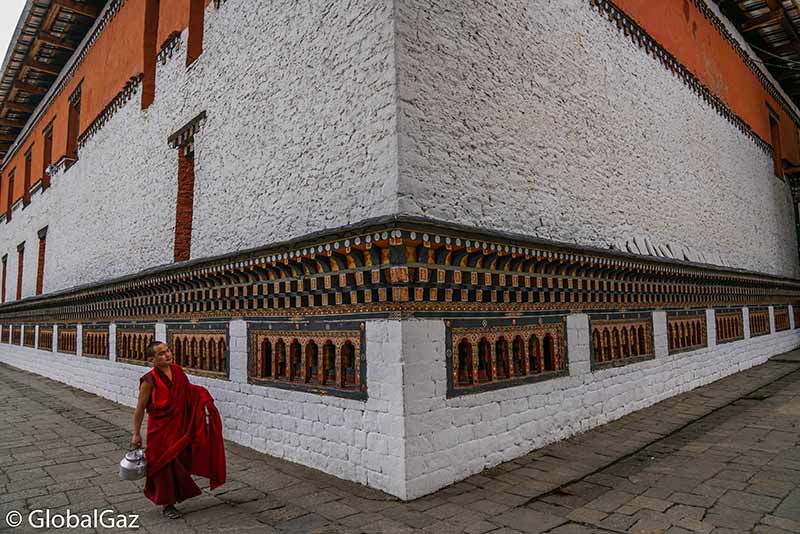 Tourism
Tourism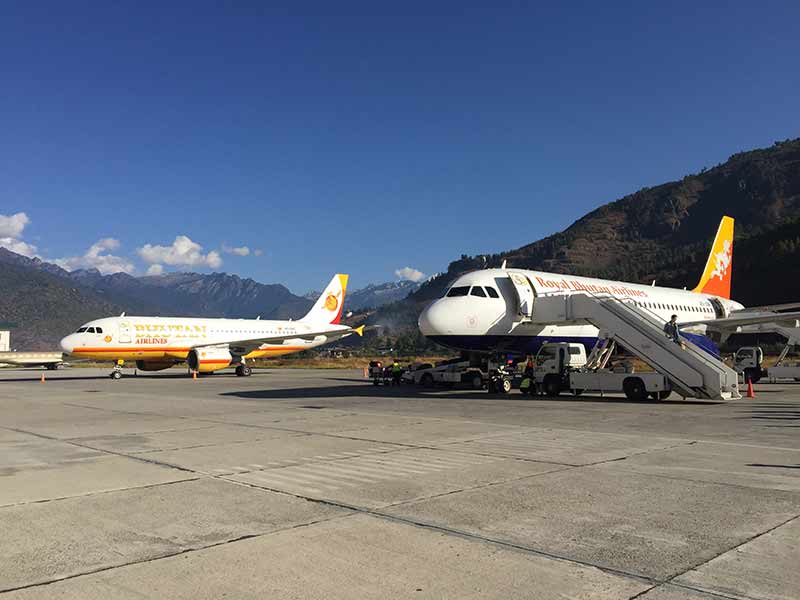
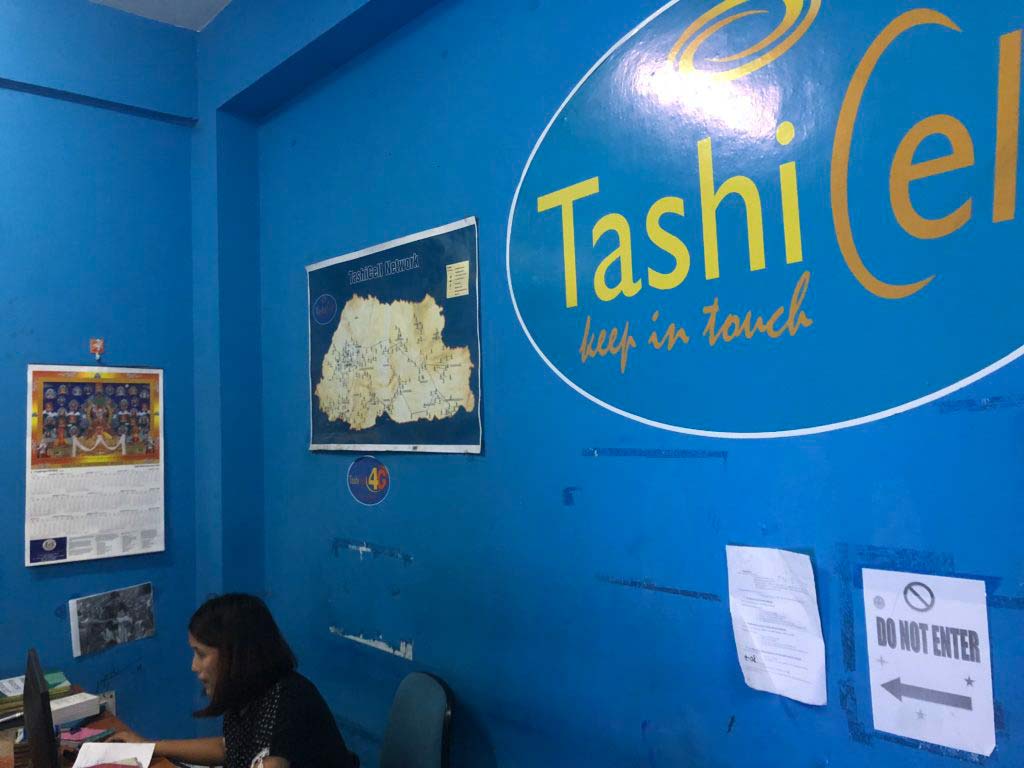

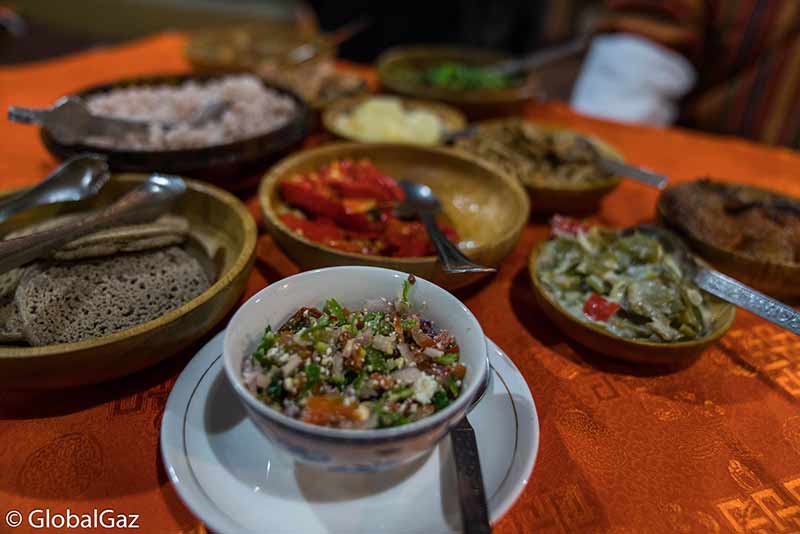
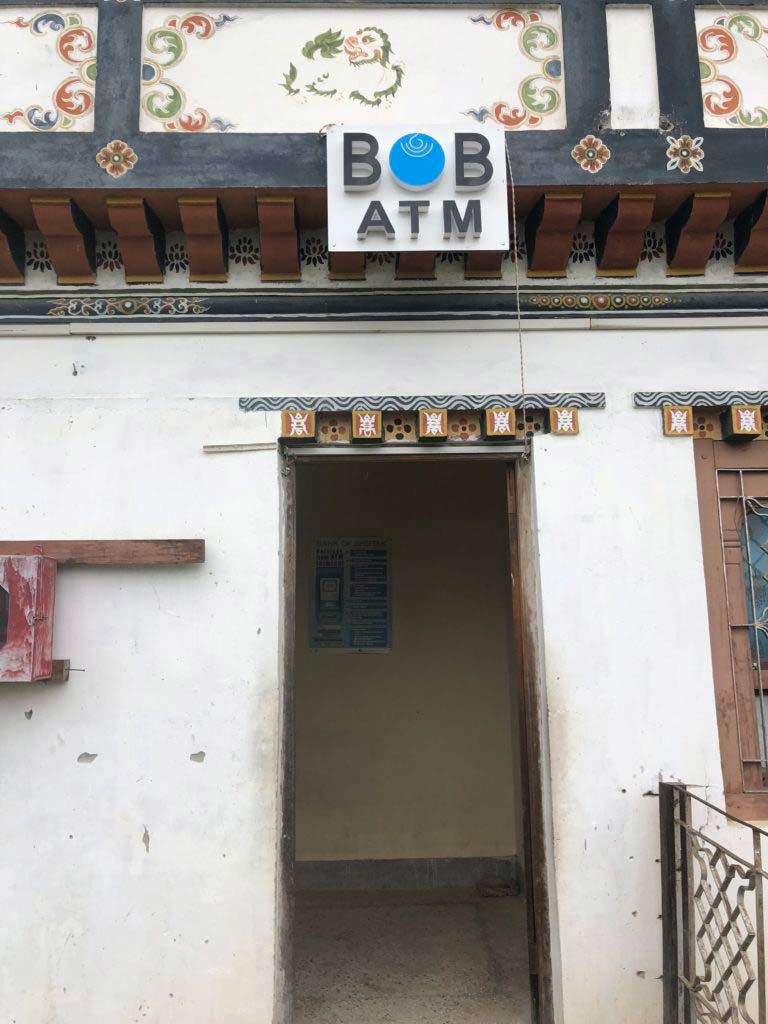

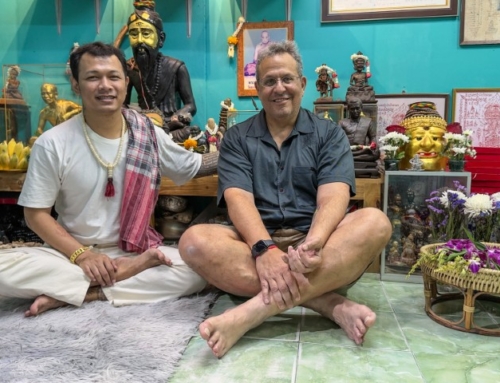
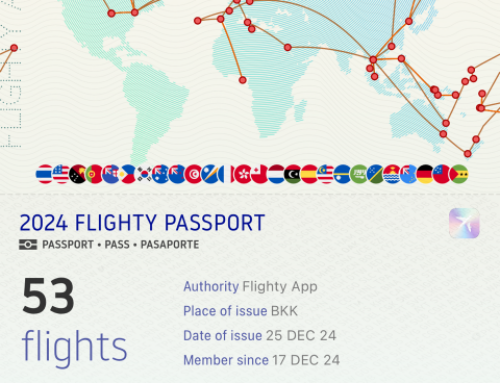
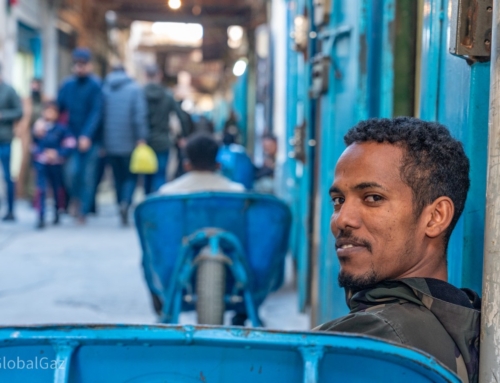

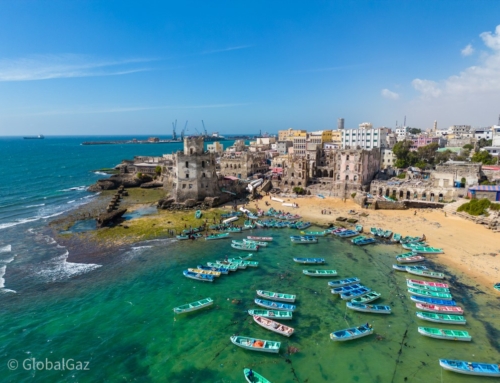
Nice round up. You make a good point about taking shoes off and feet getting very cold. We were there in December and the floors of the monasteries were freezing sometimes. We each got a pair of heavy duty wool (presumably yak?) socks from the market, which did the job.
I enjoyed Bhutan except for one aspect – the mountains weren’t that impressive for me personally. I was expecting Nepal-sized peaks but realised after our visit that the Himalayas are starting to tail off by the time you get to Bhutan and so they aren’t as big. My fault I guess for not reading up in the first place!
Smart move on the socks, I was just cold. I was still impressed with the mountains, but I hear your point.
[…] And also check out my Ultimate Guide to Bhutan. […]
[…] more about my visit to Bhutan with my Ultimate Guide and my visit to Tiger’s […]
Thanks for explaining my country to other people across the world. Indeed you have described as how it is.
Thank you! You have a wonderful country.
[…] Both had awesome snorkeling. It had been 12 years, but I was back to a second visit to the Kingdom of Bhutan, where I consulted with a local tour company, Raven Tours and Treks. And before I headed back to […]
Amazing photograps!
Thanks, an amazing place to visit. Photo rich!!!
[…] Check out my Ultimate Guide to Bhutan. […]
[…] What you need to know when visiting Bhutan. […]
[…] What you need to know when you visit Bhutan. […]
[…] What you need to know when traveling to Bhutan. […]
[…] local love their rice, after all, Bhutan is covered with a vastness of rice fields, especially in Paro. It’s astounding how much rice our […]
What a great post, Ric. As I have said this is the place that I want to go to the most- and we travel 100% of the time so it shouldn’t be that hard, yet year after year we delay this trip. Please let us know when you will be there next with the group. I know you just went in the fall. Would love to experience this amazing place with your tour group.
Hi Masha! Thanks for the feedback … will keep you in the loop!
Not a day passes when I don’t envy you for having been to this beautiful Himalayan kingdom more than once, Gaz. This post contains lots of useful information.
I thought it was amazing once…but fortunate circumstances allowed me two more visits. We will see if there is a 4th 🙂